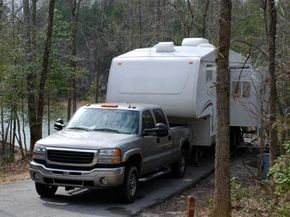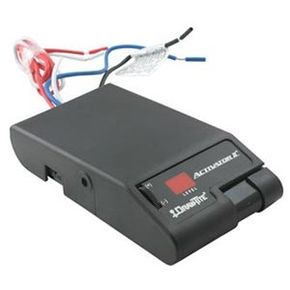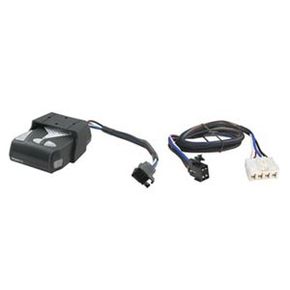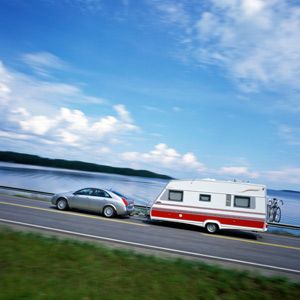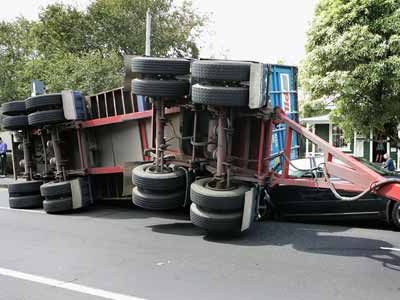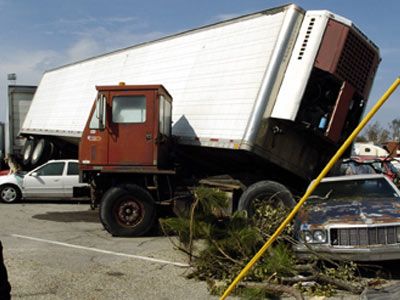If you've ever gone roller skating at the rink with a large group of friends, you might very well have started a train. With everyone in single file and holding onto the person in front of him or her, the train continues in a circle around the rink. As long as everyone skates together at the same relative speed, the line will move along safely.
The group can't go on skating in circles forever, of course. So when someone needs to take a break, the best way the whole train can slow down at the same time is if the person at the front of the line sends a signal to rest of the skaters to slow down. This way, each skater stops at about the same time, avoiding any collisions. If the front skater had decided to stop on his own without letting those behind him know of his decision, the full force of the train's momentum would cause his fellow skaters to crash into him, creating a massive pileup and probably tripping up any nearby strangers.
Advertisement
You can think of a truck towing a trailer in a similar way. If you simply hitch your trailer up and head out on the road, slowing down becomes more difficult because of the extra weight behind your vehicle. Fortunately, most states require drivers to equip their trailers with brakes and devices known as brake controllers. When a driver presses on the brake pedal in his truck, the brake controller lets the trailer's brake system know how much braking power is needed to stop the trailer.
What types of brake controllers are there? How do you know how much power goes into the trailer's brakes? How are brake controllers installed? Read on to learn about brake controllers.
Advertisement
